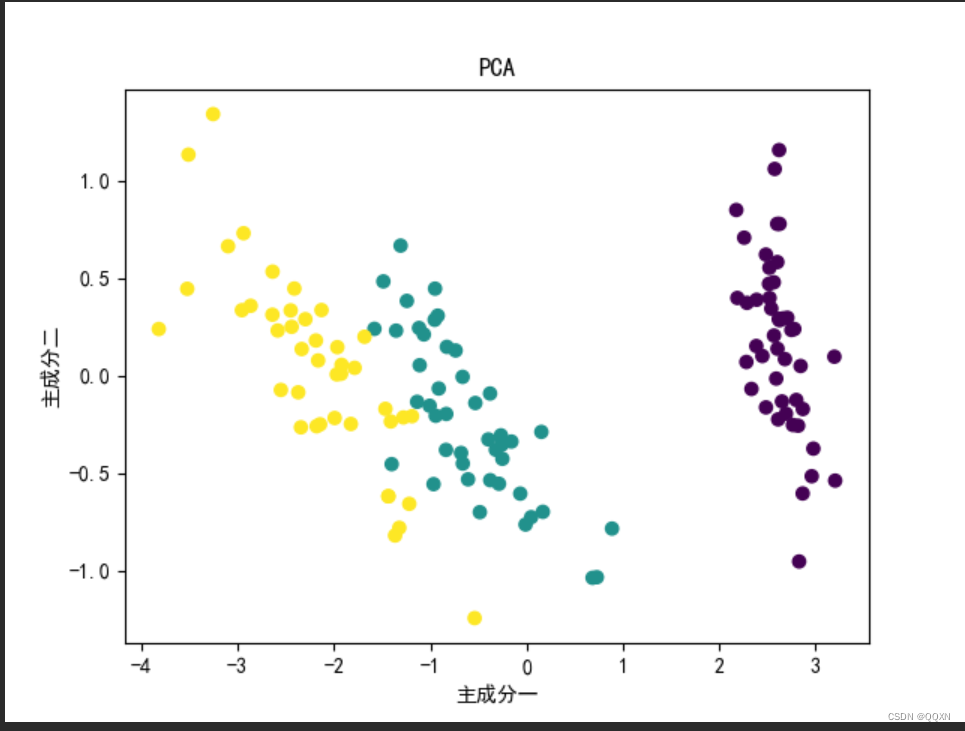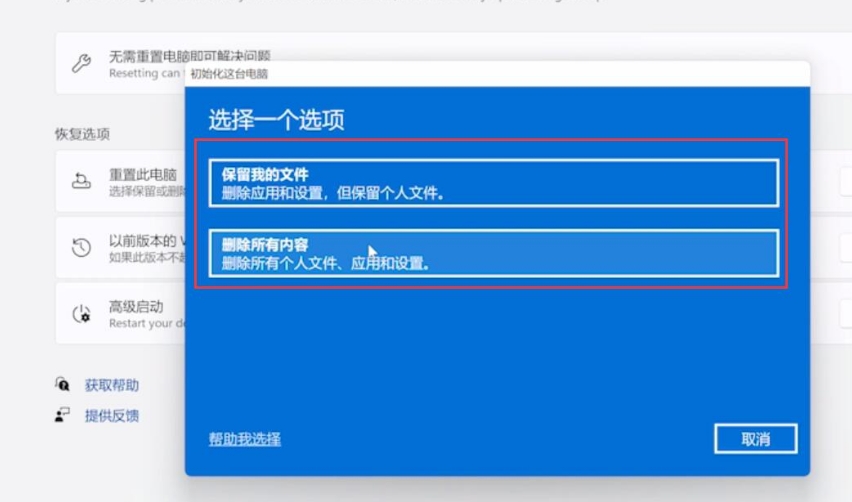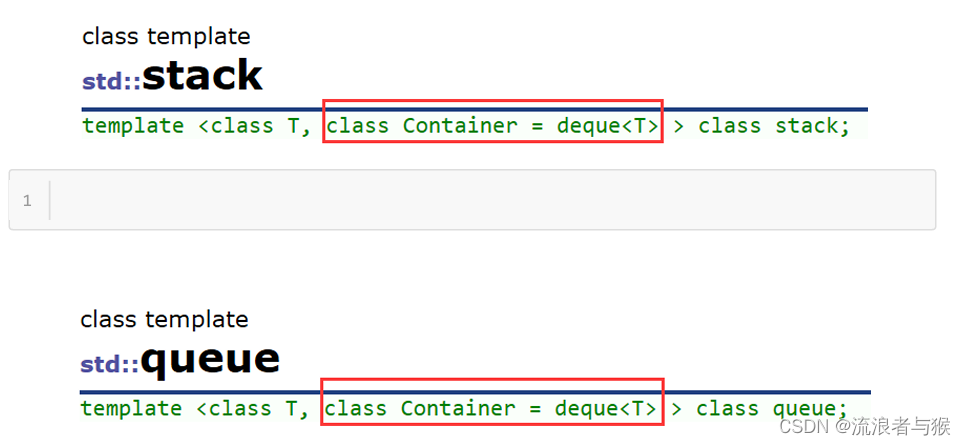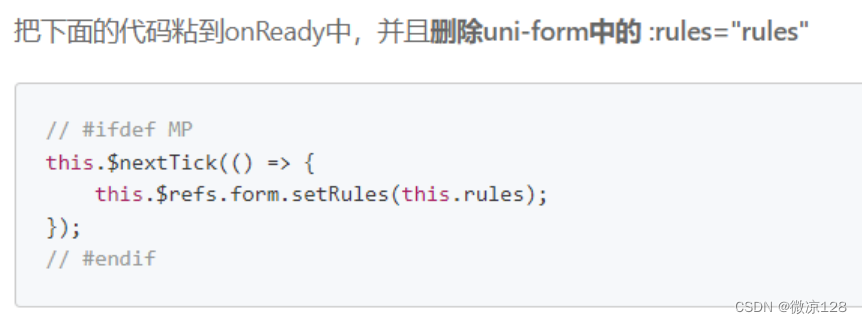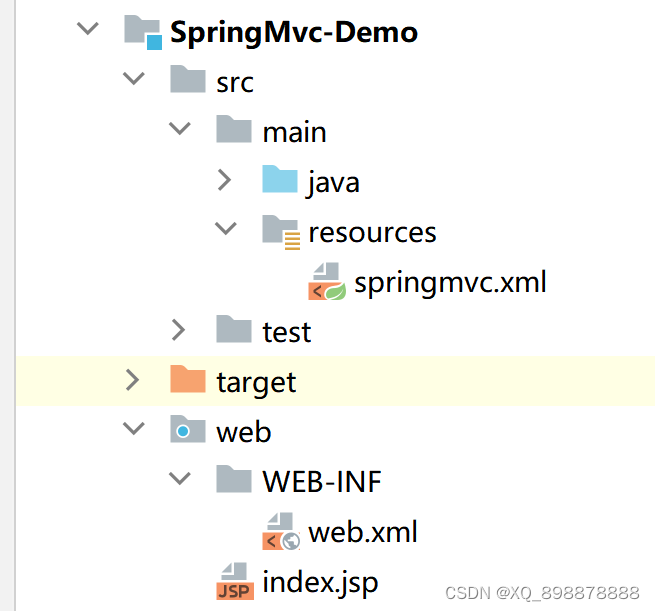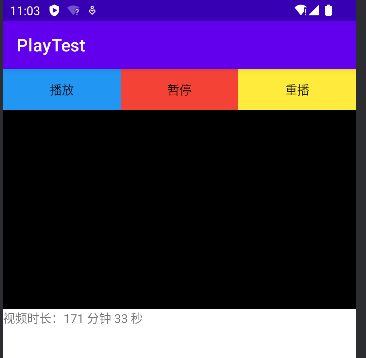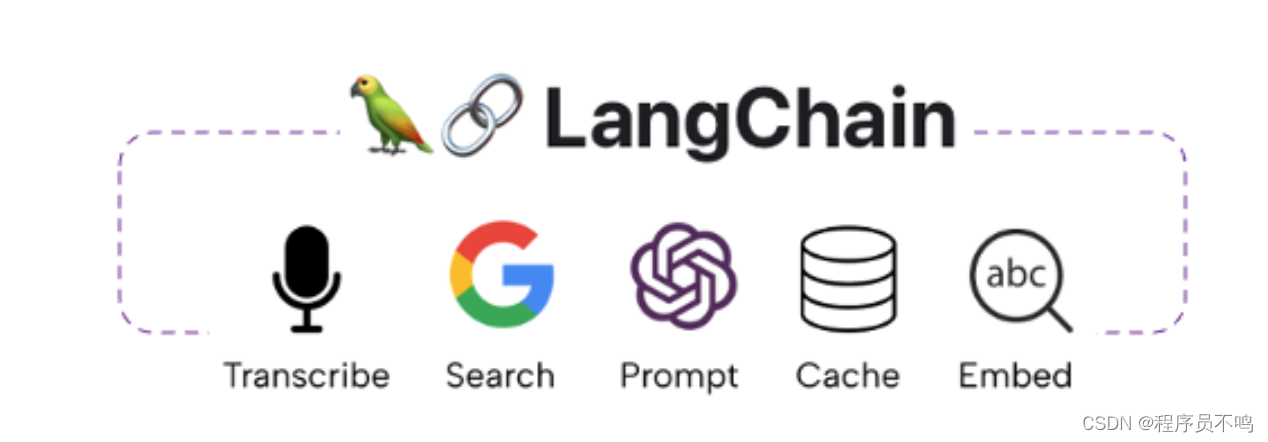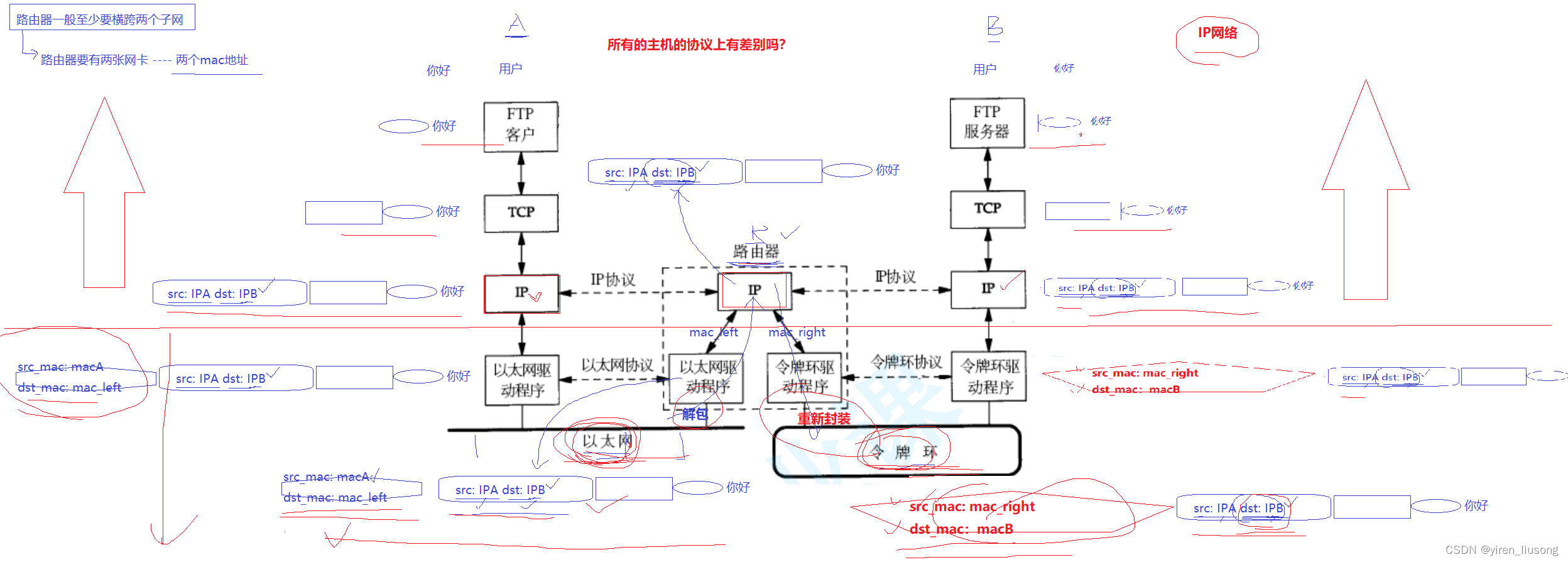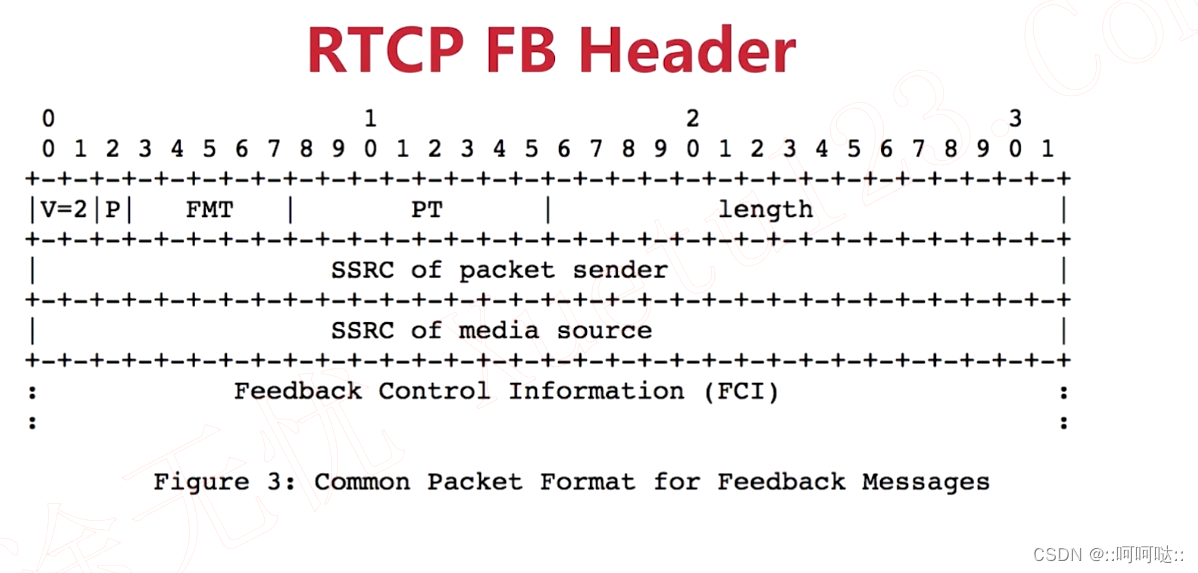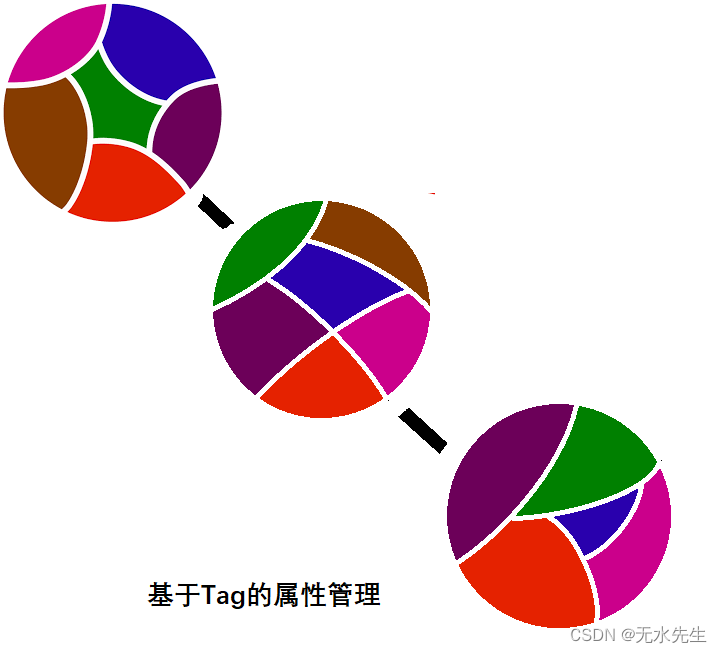1.type()函数
type 函数是一个内置函数,用来获取一个对象的类型。它可以接受一个参数,返回这个参数的数据类型。type也可以用来创建类,type就是元类
x=333
list=["ab"]
tuple = (1, "a", True, 3.14)
dict = {'name': 'Alice','age': 25,'is_student': False
}
print(type(x)) # <class 'int'>
print(type(list)) # <class 'list'>
print(type(tuple)) # <class 'tuple'>
print(type(dict)) # <class 'dict'>2. type(对象)和type(类)
class Student:def __init__(self,name,age) :self.name=nameself.age=agelu=Student("LuMingfei",15)print( type(lu) ) # <class '__main__.Student'>
print( type(Student) ) # <class 'type'>
print( lu.__class__ ) # <class '__main__.Student'>
print( Student.__class__ ) # <class 'type'>print( type(lu)==lu.__class__ ) # True
print( type(Student)==Student.__class__ ) # Trueprint( type(type) )
"""
<class 'type'>
""" 
for x in int, float, dict, list, tuple:print(type(x))"""
<class 'type'>
<class 'type'>
<class 'type'>
<class 'type'>
<class 'type'>
"""3.type() —— type(<name>, <bases>, <dct>):
3.1 example1: type()定义类,创建类
name:指定类名
base:指定一个tuple,指定父类
dct:类体的定义
Student = type('Student', (), {})
Lu = Student()print( type(Student) ) # <class 'type'>
print( type(Lu) ) # <class '__main__.Student'>3.2 example2:子类继承父类,定义子类的常规写法
class Person:def __init__(self, name):self.name = nameclass Student(Person):def __init__(self, name, score):super().__init__(name)self.score=scoreLu = Student('LuMingfei', 120)print(Lu.name," ",Lu.score) # LuMingfei 120
print(type(Lu)) # <class '__main__.Student'>
print(Lu.__class__) # <class '__main__.Student'>
print(Lu.__class__.__base__) # <class '__main__.Person'>3.3 example3:type()写法:定义子类,创建子类,子类继承父类
# 父类
class Person:def __init__(self, name):self.name = name# 定义student的初始化函数,Student继承了Person类
def student_init(self, name, score):super(Student, self).__init__(name)self.score = score#用字典的形式,定义student的方法和变量
StudentDict = {'__init__': student_init,'score': None
}#子类 type(类名,父类,方法和变量)
Student = type('Student', (Person,), StudentDict)Lu = Student('LuMingfei', 85)print(Lu.name," ",Lu.score) # LuMingfei 85
print(type(Lu)) # <class '__main__.Student'>
print(Lu.__class__) # <class '__main__.Student'>
print(Lu.__class__.__base__) # <class '__main__.Person'>4.自定义元类
4.1 类创建对象的相关方法
__new__()和__init__()
类的new()方法生出了对象,new()创建当前类对应的对象
Student的 new() 方法生出了 lu对象,具体来说,object按照Student的模板生出了lu对象
Student的 init() 填充 lu对象的属性
class Student:def __new__(cls,*args) :print(cls," ",args) # <class '__main__.Student'> ('LuMinfei', 120)"""因为Student的父类是object,class Student: 其实是 class Student(object):所以obj=object.__new__(cls)可以替换成obj=super().__new__(cls)"""# obj=super().__new__(cls)obj=object.__new__(cls) # 根据类(cls)创建了一个 对象(obj)print(obj) # <__main__.Student object at 0x000001C2DF270FA0>return objdef __init__(self,name,score):print(self) # <__main__.Student object at 0x000001C2DF270FA0>self.name=nameself.score=score"""__new__()中的obj和__init__()的self的地址相同,__new__()先执行,然后到__init__()执行__new__():根据 类(cls)创建出对象(obj,也是init()中的self)__init__():给对象(self)初始化属性"""
lu=Student("LuMinfei",120)
也可以这样写,*args改为**kwargs,元组形式的参数改为字典形式的参数
class Student:def __new__(cls,**kwargs) :# <class '__main__.Person'> {'name': 'LuMingfei'}print(cls," ",kwargs) obj=object.__new__(cls)return objdef __init__(self,name,score):self.name=nameself.score=scoredata_dict = {"name": "LuMingfei","score":120}
lu = Student(**data_dict)
print(lu.name,lu.score)"""
我靠,**kwargs接受参数,这样写传参数也行
"""
lu=Student(name="LuMingfei",score=135)
print(lu.name,lu.score)__call__()
__call__():的调用跟new()和 init()没什么关系
对象() 调用 类的__call__()
class Student:def __new__(cls,*args) :# cls是 <class '__main__.Student'>obj=object.__new__(cls)# obj是 <__main__.Student object at 0x000001092EB60FA0> lu对象出生了return obj"""当new() return obj 时就调用init"""def __init__(self,name,score): self.name=nameself.score=score"""对象(),调用 类的 call()"""def __call__(self, *args):# 这里的self就是对象lu,self和lu地址相同print(self) # <__main__.Student object at 0x000001092EB60FA0>print(args) # (1, 2, 3, 4, 5, 7, 9, 91)lu=Student("LuMinfei",120)
# 对象(),调用 类的 call()
lu(1,2,3,4,5,7,9,91)
print(lu) # <__main__.Student object at 0x000001092EB60FA0>type创建了类 ,type是元类
"""
简略写法
"""
class Person:pass
print(type(Person)) # <class 'type'>"""
实际上:
1.Person继承了object
2.type创建了Person
3. type就是传说中的元类,能创建各种 类
"""
class Person(object,metaclass=type):pass
print(type(Person)) # <class 'type'>
4.2 自定义元类
用 元类(type) 生成 另一个元类,用 另一个元类 生成 常规的类(比如:Person, Student)
也可以说,改造一下type,用 改造过的type 创建常规类。用改造过的type的call方法来创建常规类
定义HandsomeType,改造过的type
new()创建当前类对应的对象,HandsomeType对应的对象 是 Student类,
特别的
没有这种:handsometype=HandsomeType(),
只有 Student=HandsomeType(),
然后 lu=Student("name","score")
class HandsomeType(type):"""cls是HandsomeType类*args:是Student类的结构cls:<class '__main__.HandsomeType'>args:('Student', (), {'__module__': '__main__', '__qualname__': 'Student', '__new__': <function Student.__new__ at 0x000002785A349E50>, '__init__': <function Student.__init__ at 0x000002785A349EE0>})"""def __new__(cls,*args) :pass完整的代码
# 英俊的Type也是继承于object,被type创建的
class HandsomeType(type):"""cls是HandsomeType类*args:是Student类的结构"""def __new__(cls,*args):"""可以替换成 obj=super().__new__(cls,*args)"""StudentClaxx=type.__new__(cls,*args)return StudentClaxx # return触发init()方法def __init__(self,*args):# 这里的self已经是Student类了print(self) # <class '__main__.Student'>pass"""当 lu = Student(lumingfei,120)时,call调用"""def __call__(self,*args):# self是Student类# Student类调用_new_()创建lu对象lu=self.__new__(self,*args)# 根据参数初始化lu对象self.__init__(lu,*args)return luclass Student(metaclass=HandsomeType):def __new__(cls,*args) :obj=object.__new__(cls)return objdef __init__(self,name,score) :self.name=nameself.score=score"""
此时,到这一样,Student类已经倍创建了
下一行的Student()会调用 HandsomeType的call方法()
"""
lu=Student("LuMingfei",135)
print(lu.name,lu.score) # LuMingfei 135